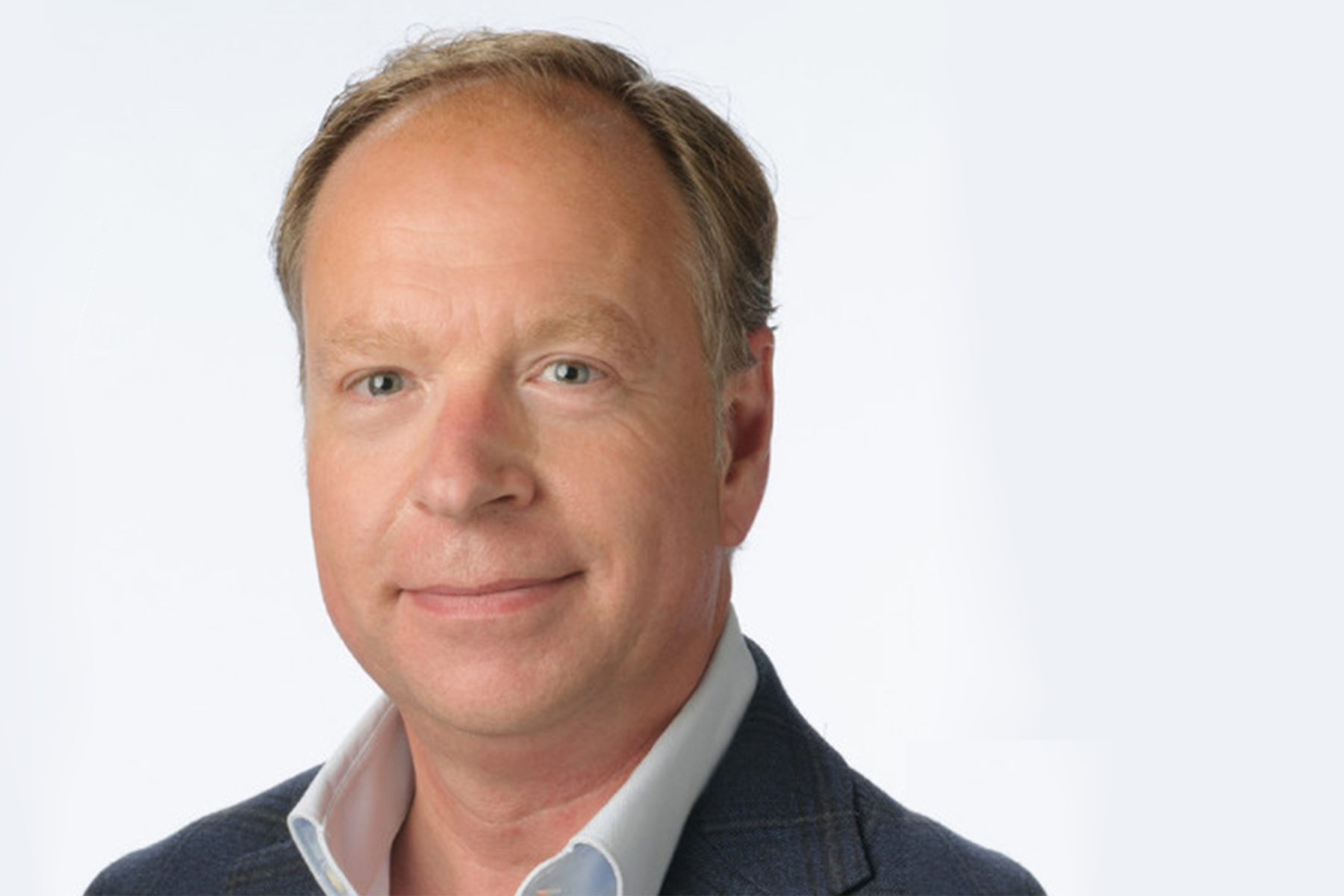
3 questions to Porous – „Quantitative ultrasound technology allows the early detection of osteoporosis.”
Osteoporosis effects billions of people worldwide and creates economic costs of about 60 billion US Dollars annually. Until recently, the early diagnosis of the disorder with conventional means has been nearly impossible. The MedTech startup Porous GmbH, a spin-off of Charité Berlin, is planning to change that. In our interview, CEO Bart Hendriks tells us how.
Dear Mr. Hendriks, you are CEO of Porous GmbH, a MedTech startup at Potsdam Science Park. What medical challenge does your company devote itself to? What solution do you offer for it?
We develop software to enable the early diagnosis of osteoporosis. Osteoporosis patients suffer from low bone mass. The micro-architecture of their bone tissue is deteriorating. That makes their bones more fragile and increases their risk of fractures. Among the elderly, osteoporosis is the most common reason for broken bones. And even after their bones heal, patients still suffer from chronic pain and a decreased ability to carry out daily activities. Osteoporosis today effects billions of people and, each year, creates economic costs of about 60 billion US dollars. A main problem is that, using the technologies currently at our disposal, it is nearly impossible to diagnose early on. Until a fracture incident, there are typically no symptoms. Bones may weaken to such a degree that breaks occur through minor stress or spontaneously.
With Porous, we aim to tackle this problem. Our patented intelligent algorithms using quantitative ultrasound technology allows the early detection of osteoporosis. These intelligent algorithms can measure the cortical bone quality at a microscopic pore level, without radiation hazards. This helps us to overcome the current limitations of ultrasound imaging in the bone and, for the first time, measure the cortical thickness as well as the microscopic pore-size distribution in human cortical bone of the peripheral skeleton.
Your company is a spin-off of the renowned Charité in Berlin. How did you come up with the plan for this spin-off? What is the “story” behind your company?
The technology behind Porous was developed by the research group of the renowned Charité professor Dr. Kay Raum. Professor Raum is a specialist in the field of bone analysis using quantitative ultrasound and intelligent algorithms. As a company, Porous is very young, but growing fast. We started in January 2021 and have grown to a team of currently seven people, but are looking for new team members.
You are located in Potsdam Science Park. What specific advantages does the park offer you that influenced your decision to set up your offices there?
There are three in my opinion. First, the park offers an excellent infrastructure to growing firms and startups. That is especially true for companies in the healthcare and medtech industry, like us. Second, it is located in the beautiful, natural environment of Potsdam-Golm. This is, of course, a minor point. But when it comes to winning the best people to join our team, it does play a role. Third, the vivid dynamic between research and startup-culture in the park is unique and invaluable to our work. This made the decision to set up our offices in the park very easy.
Mr. Hendriks, thank you for this interview.